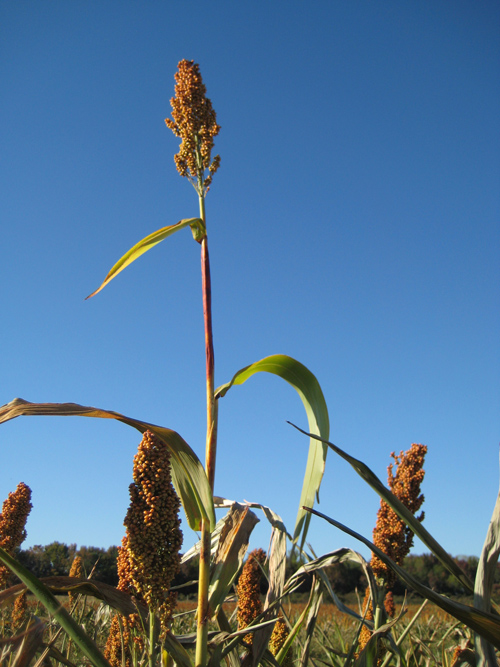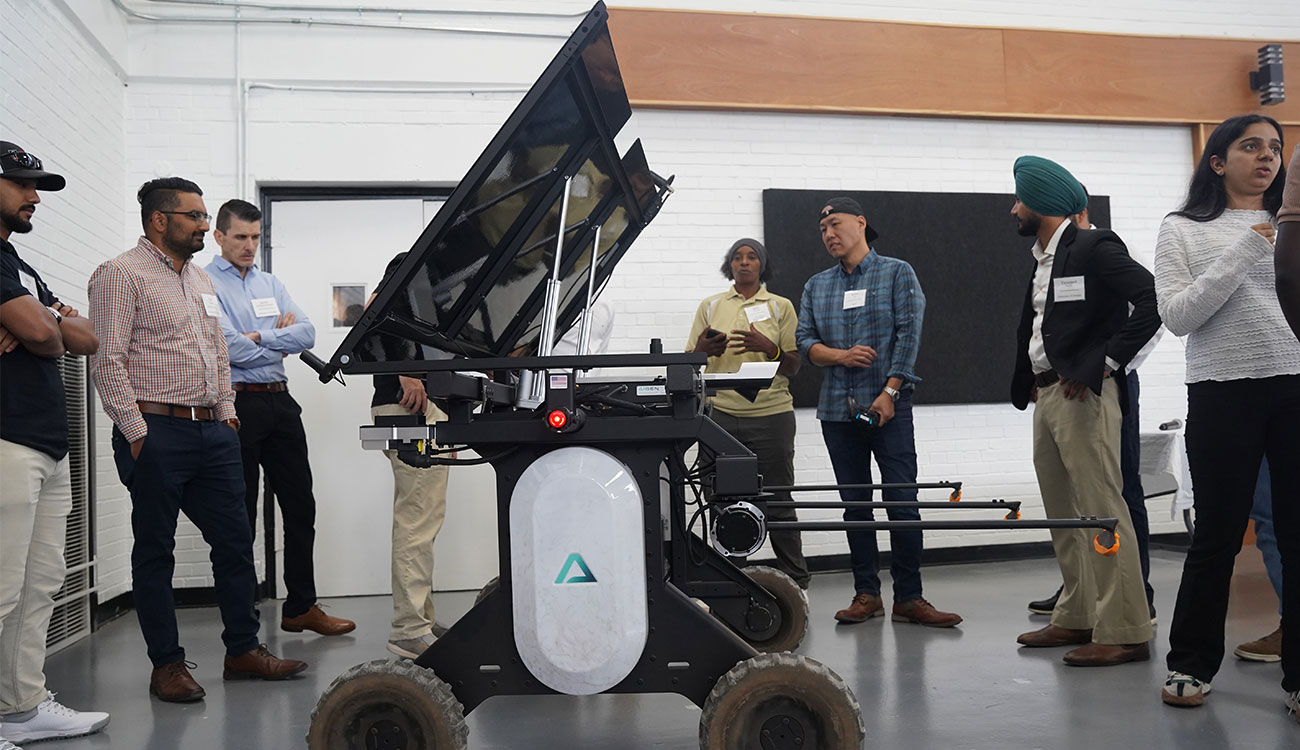Most of the sorghum eaten by Americans is consumed indirectly when they eat beef or chicken that were fed the grain. In other parts of the world, though, it is eaten directly as a food staple. In some African countries, sorghum accounts for 40 percent of people’s diets. A University of Georgia plant breeder wants to increase the plant’s production by tapping into the perennial characteristics of its wild ancestors.
“Food has started to run short in some countries, and we are trying to produce more,” said Andrew Paterson, a distinguished research professor and director of the UGA Plant Genome Mapping Laboratory. “We are also looking at infertile soils and other obstacles we need to overcome with alternative cropping.”
PGML is a joint unit of the UGA College of Agricultural and Environmental Sciences and Franklin College of Arts and Sciences.
According to a June 26 article in Science co-written by Paterson, “perennial grain crops could meet a wide array of domestic and international challenges,” including food security, climate change and energy supply.
A commercially viable perennial grain crop, he said, must regrow reliably after harvest, have high yields, adapt to drought and low-nutrient soils and be pest resistant.
Paterson has studied wild sorghum relatives for the past 18 years. One wild sorghum variety, Sorghum propinquum, is a perennial. Seeds from this wild variety were used in crosses that helped Paterson sequence the genome of Sorghum bicolor in January 2009.
Paterson and his collaborators placed 98 percent of its genes in their chromosomal context. At 730 million bases, or letters of DNA, sorghum’s genetic code is a quarter of the size of the human genome.
He’s now ready to develop a perennial sorghum. “The limitation is not whether it can be done, but if we will have the funding to make it happen,” he said.
In 2009, Paterson received a $320,000 Agriculture and Food Research Initiative grant to continue the research. But more funding will be needed to produce a perennial crop in the next 10 years, he said.
Increased interest in biofuels has thrust the spotlight on sorghum, currently the second leading source of ethanol in the United States, behind corn.
“Biofuel crops need to be adapted to grow in areas not suitable for food crops,” he said.
Naturally drought-tolerant, sorghum is often grown where irrigation isn’t economical. Typically planted April through May and harvested in autumn, Paterson said extending the growing season or developing a perennial variety that will produce year after year is beneficial.
UGA is currently testing a few of the first crosses, but Paterson said they don’t overwinter well in Georgia. Sorghum also struggles against fungal diseases in humid environments.
One sorghum relative, Sorghum halepense, commonly called Johnsongrass, does thrive in Georgia’s dry, humid climate. But it can be invasive and reach as far north as southern Canada. Paterson is exploring the genetic connection between sorghum and Johnsongrass on a small scale. If he can isolate genes that allow the plant to survive in Canada, it could help him develop a more cold-tolerant perennial sorghum.
“We want enough perenniality to overwinter, but not take over,” he said. “We would like to develop a 5- or 10-year crop instead of an annual.”
He is also hoping to improve the crop’s seed size, flowering time and disease resistance and to make its harvesting easier.










